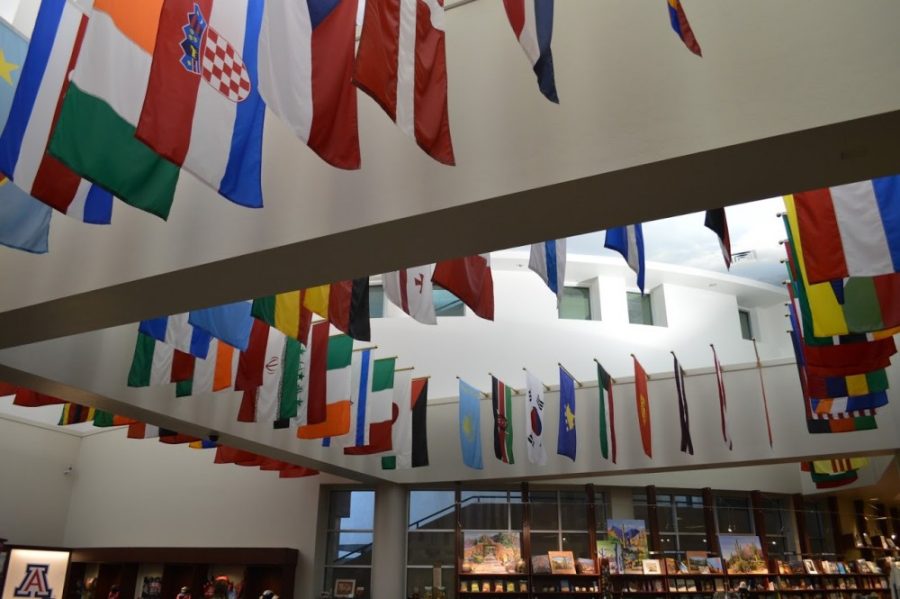Earlier this year the Society for Classical Studies made headlines in higher education news for the blatant racism that was on display at its annual meeting. Among the documented incidents was a scholar of color being told that he “may have gotten” his very prestigious position because he is black. The incident was disturbing and upsetting to say the least, but when I learned of it a few hours later, my first reaction was, “That is not the first time he has heard that.” I could make that claim with near certainty, not because I know the scholar who was targeted (I don’t, though I would like to), but because this is an all too familiar experience for an academic of color. I would venture to say that any academic of color has heard some version of this — indeed, this is a defining experience for us, particularly those few of us who work in as white a field as Classics. What it means to be a person of color in academia is to have our credentials questioned or undermined in some way at some point. It happens in our interactions with our peers and in our course evaluations. And sometimes — as was the case at the SCS meeting — in public spaces. The only unusual thing about the offensive comment in question was that it occurred in a room full of witnesses with ready access to Twitter.
Perhaps the age of social media and its potential for viral dissemination is ripe for public reflection and reckoning. Perhaps the internet provides people of color with unique and unprecedented opportunities to be seen and our experiences validated. Perhaps publicly documenting incidents like this one — as disturbing as it was — can provide impetus for real action and change.
RELATED: OPINION: Hoco is more for alumni than students
It is in this optimistic spirit that I embarked on a project I am conducting with the University of Arizona’s Center for Digital Humanities in partnership with Tech Core. I am hoping to leverage the power of digital humanities to vivify and amplify what people of color have always experienced as the diversity problem in classics. We began laying the groundwork for this project long before the 2019 SCS meeting, but what happened at the meeting gave the project renewed purpose.
This fall, the first step of this project launched: I started disseminating a survey intended to gather and visualize demographic data on students and teachers of classics at the college and university level. My reasons for doing so were simple: Classics does not have adequate data in this regard, and the kind of data you collect reflects what you care about. Every three years the Society for Classical Studies conducts a census of its member departments, asking them a number of questions about their departments and programs, including questions concerning the demographic make-up of faculty and students. But the data produced by the census is lacunose; the response rate as a whole is nowhere near perfect and even less so for questions on racial demographics. Perhaps the undoubtedly overworked department chairs and administrative assistants tasked with completing and submitting the census do not have at the ready such data on their faculty or (more likely) their students; perhaps such questions are left blank out of a concern for privacy — a natural concern given how small our field is.
RELATED: OPINION: 100% Engagement is 200% more paperwork
But this kind of data really matters. In general, classicists are aware that the field has a diversity problem, but we do not have concrete numbers to substantiate our intuitions. Even when there is data, it is not presented in a way that illustrates the full extent of the problem. The team I am working with is keen to marshal the power of digital humanities to redress these problems. I put together a simple survey that focuses on race and other demographic markers specifically to remove the time burden of filling out a lengthy and unwieldy survey. The tech team developed an application to visualize the data from the survey in real time, to streamline the processes of data collection and data visualization by synchronizing them.
The steps I am taking with this project might seem small and insignificant. Obviously, I do not hope to expunge racism just by conducting a survey, but through effective data collection and visualization, we can document systemic and structural racism in a way that catalyzes diversity efforts or reinforces those already underway. And why does diversity matter? As educators, we have an ethical obligation to provide educational access to anyone who wants it. What’s more, diversity in academia facilitates the production of new and often corrective knowledge; the kinds of questions we raise and the answers we discover are inextricably tied to our identities and experiences. By diversifying classics, we inevitably stand to gain new understanding about Mediterranean antiquity.
It would be easy for classics and classicists to throw up our hands and say, “We can’t fix systemic problems that originate from and extend outside the field of classics.” Well, sure. Systemic change is difficult. But it has to start somewhere.
Arum Park is an assistant professor for the Department of Religious Studies & Classics
Opinion pieces, guest commentary, letters and online comments do not represent the opinion of the Daily Wildcat.









